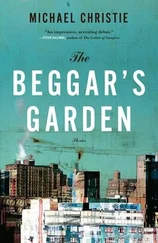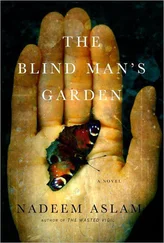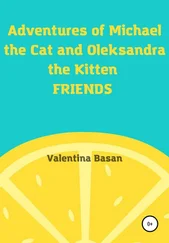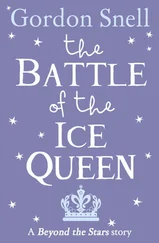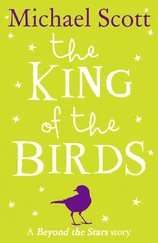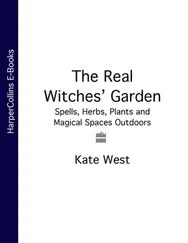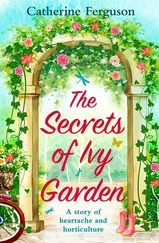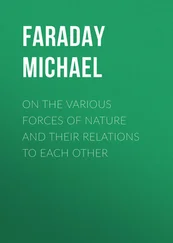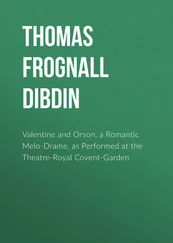This apple shoot has been deformed by the piercing beaks of hundreds of sap-sucking aphids .
LeatherjacketsThese rather featureless grey creatures are the grubs of crane-flies or daddy-long-legs. They live in the soil, especially under lawns and flower beds, and destroy the roots.
 Cabbage white caterpillarsThe black and yellow caterpillars are the larvae of the large white butterfly. Living in large clusters, they can quickly reduce a cabbage leaf to just a skeleton, and they contaminate the rest of the plant with an unpleasant smell.
Cabbage white caterpillarsThe black and yellow caterpillars are the larvae of the large white butterfly. Living in large clusters, they can quickly reduce a cabbage leaf to just a skeleton, and they contaminate the rest of the plant with an unpleasant smell.
Michael Chinery
Caterpillars of the large white butterfly here surround a solitary caterpillar of the small white. Both species are major pests of cabbages and other brassicas .
SlugsPerhaps the most hated of all our garden residents, the slugs nibble their way through our flowers and vegetables with equal enthusiasm. But not all slugs are pests: some of them prefer rotting leaves and fungi ( see here).
Michael Chinery
One of the worst of the gardener’s foes: the netted slug is the one we usually find in our lettuces .
Gardening will always be a competition, with the gardener pitting his or her wits against an assortment of uninvited guests which are doing their best to damage the plants. Although you may have to get tough from time to time, it need not be all-out war. Live and let live is always a good motto for the gardener.
One can buy chemicals, i.e. poison, to control just about every garden visitor, but they have many drawbacks. There is always a risk of killing useful or harmless creatures as well as pests. Killing useful creatures, such as ladybirds, may actually lead to an increase in the garden’s aphid population and a tendency to use ever increasing doses of insecticide. Although most modern pesticides break down rapidly in the soil, heavy applications may lead to a build-up of residues that can damage the soil and enter the food chains, where they can have far-reaching and surprising effects. Killing harmless creatures does have a knock-on effect by denying birds and other animals their natural food, so your garden will be much less interesting. The true wildlife gardener uses non-poisonous means to discourage or get rid of pests. Aphids, for example, can usually be controlled simply by squashing them with your fingers.
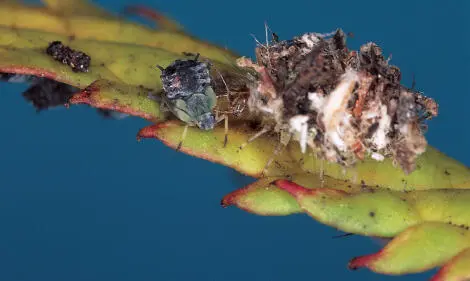
Michael Chinery
Re-cycling the empties: this lacewing larva, pictured with its jaws plunged into an aphid, camouflages itself by piling the empty skins of its victims on its back .
Adjusting the way you grow things, or even what you grow, can make your garden less attractive to pests. Most weeds, for example, can be eliminated by spreading a layer of chipped bark or compost over the garden. You can try growing red cabbage instead of the traditional green varieties: this may not deter the cabbage white caterpillars, but at least you can see them more easily and remove them before they do the damage!
Companion planting or inter-planting is often used to reduce damage by pests. Planting onions and carrots close together works well because the smell of the carrots deters or confuses the damaging onion-fly, and the smell of the onions discourages the carrot-fly. Roses or other flowers planted at the ends of vegetable rows attract hover-flies, which may lay eggs on aphid-infested crops. Some hover-fly larvae can demolish the aphids at a rate of one every minute!
Doing nothing and allowing nature’s web to keep the pests in check is probably the best method of all. Surely losing a few plants to beetles and caterpillars is a price well worth paying for a garden which is teeming with wildlife and with no risk of poisoning yourself or your family?
BIOLOGICAL CONTROL
Biological control, which uses natural enemies to keep pests in check, can be wonderfully effective. Introducing ladybirds and their larvae to your garden, for example, can wipe out an infestation of aphids in days. A single ladybird larva may eat 500 aphids in its three-week development. Green lacewings ( see herefor stockists) do a good job on summer populations of aphids, and are useful in greenhouses throughout the year.
Biological control of slugs, which are surely at the top of most gardeners’ hit-lists, can now be achieved simply by using a minute parasitic worm called Plasmarhabditis hermaphrodita . Available through good garden centres and other suppliers ( see here), the worms seek out slugs and bore their way in. They multiply rapidly and the slugs literally explode, releasing another generation of worms to carry on the work. It is unlikely that the worms will move out into surrounding areas in the numbers required for slug control, so the hedgehog population will not go hungry.
Snails can be kept in check by song thrushes as long as you have sufficient anvils on which the birds can break the shells. If you have no concrete paths or rockery stones, lay a few bricks or large stones around the garden and listen for the tapping as the birds get to work.
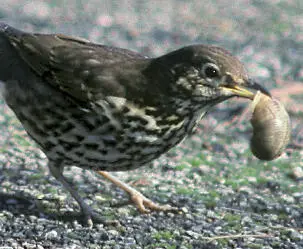
Colin Varndell
Song thrush
Michael Chinery
Roses are often planted in vineyards. Hover-flies, which are attracted to the flowers, lay their eggs on the surrounding vines, where their grubs attack harmful aphids and other pests .
An abandoned garden soon becomes clothed with nettles, brambles and other invasive plants. Birds and some other animals may appreciate such a wilderness, but your neighbours certainly will not. Diversity is also lost. Good wildlife gardens are planned, not abandoned .
A wilderness and a wildlife garden are not the same! A wilderness, often defined as a wild and confused mass of vegetation, certainly does not exhibit the variety at the heart of a wildlife garden. It may have advantages for some animals, including the hedgehog and various birds, and there may be short-term advantages for some insects but, if left untouched, the wilderness will succumb to the processes of natural succession and will turn into woodland in 20 years or so. If you want a garden wilderness, restrict it to a particular area and be prepared to tame it occasionally. And plan the rest of your wildlife garden carefully to make the best use of the available space.
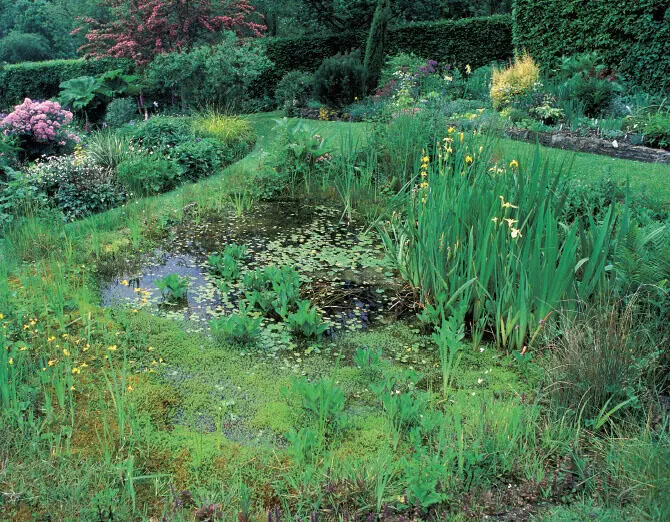
Colin Varndell
A planned garden does not have to be very formal. The position of this garden pond was actually carefully planned, but the plantlife gives it a wonderfully wild and natural appearance .
The wildlife garden cannot be ideal for everything; it has to be a compromise. However, by growing lots of different plants you can create wonderful wildlife homes and still have some room for your favourite flowers and vegetables. And you can do this even in a small garden.
Читать дальше

 Cabbage white caterpillarsThe black and yellow caterpillars are the larvae of the large white butterfly. Living in large clusters, they can quickly reduce a cabbage leaf to just a skeleton, and they contaminate the rest of the plant with an unpleasant smell.
Cabbage white caterpillarsThe black and yellow caterpillars are the larvae of the large white butterfly. Living in large clusters, they can quickly reduce a cabbage leaf to just a skeleton, and they contaminate the rest of the plant with an unpleasant smell.


